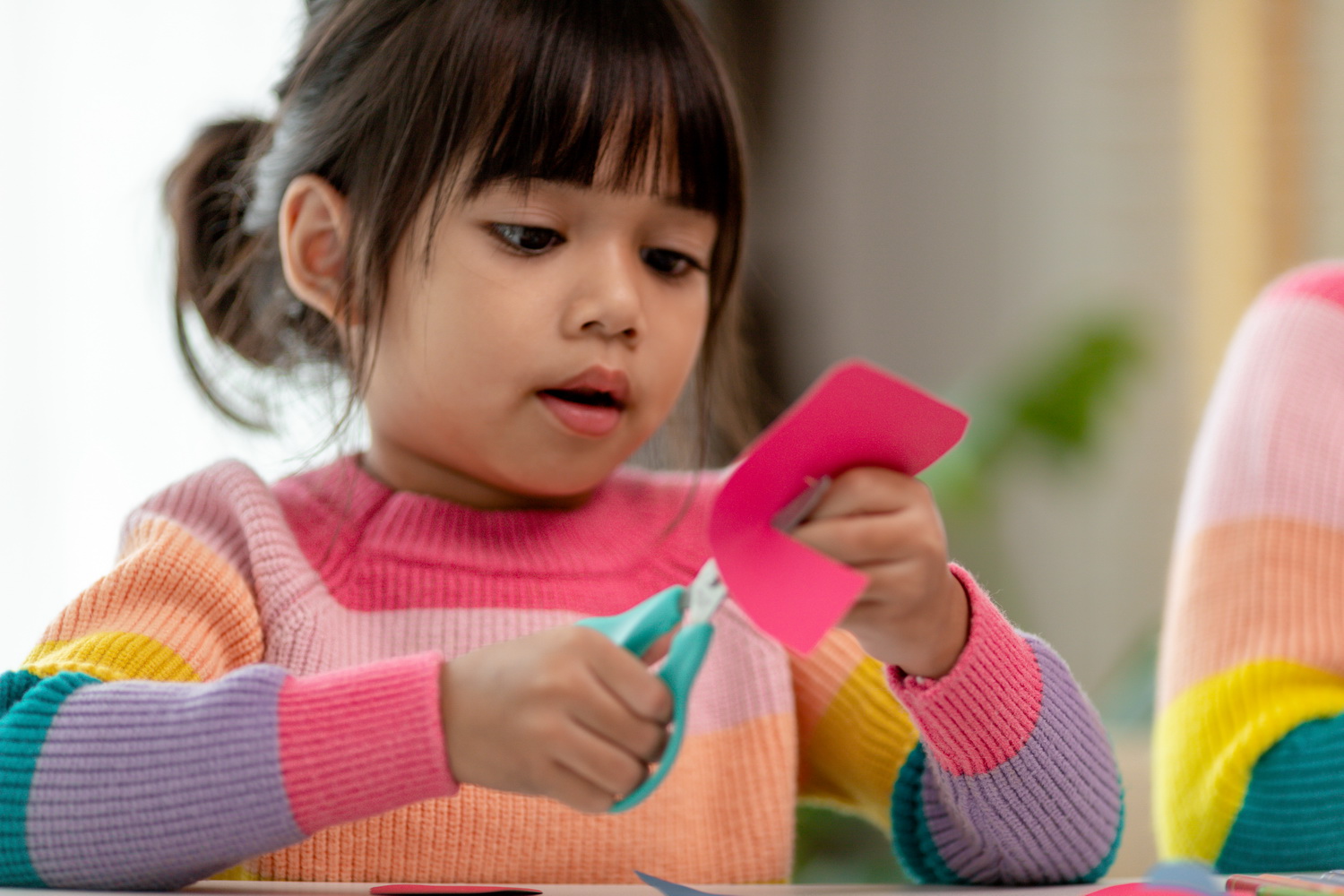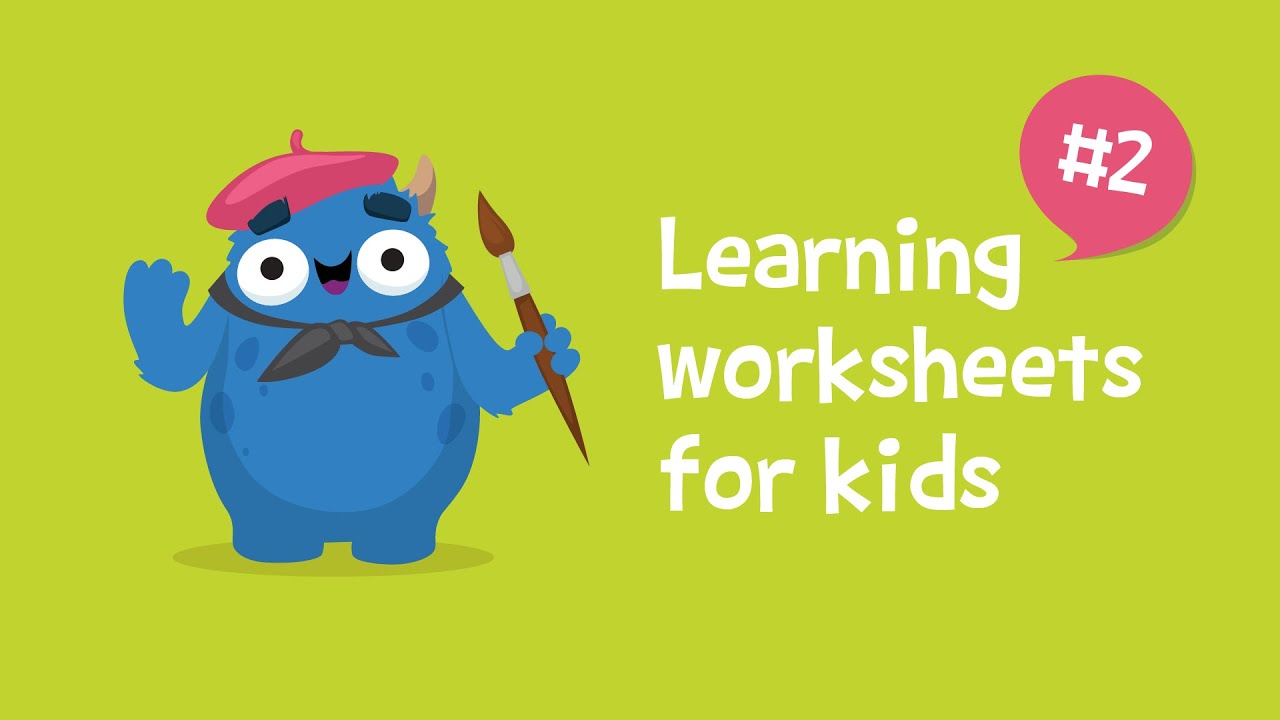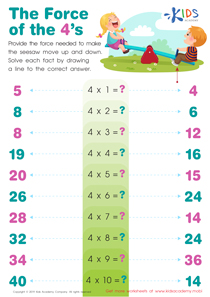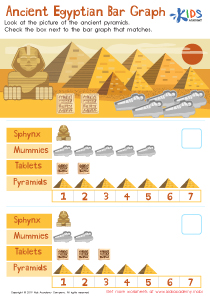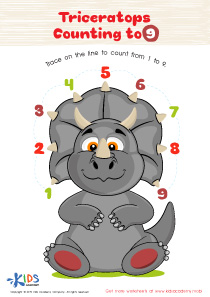Comparing numbers Easy Math Worksheets for Ages 4-6
3 filtered results
-
From - To
Introduce young learners to the world of mathematics with our "Comparing Numbers Easy Math Worksheets for Ages 4-6". Designed specifically for preschool and kindergarten children, these fun and engaging worksheets help build a strong foundation in number recognition and comparison. Through colorful graphics and age-appropriate exercises, kids practice identifying which numbers are greater, smaller or equal. This hands-on approach fosters early math skills and boosts confidence. Perfect for both classroom and at-home activities, these worksheets ensure a smooth start to a lifetime of mathematical learning. Spark a love for numbers with our expertly crafted comparing numbers worksheets!
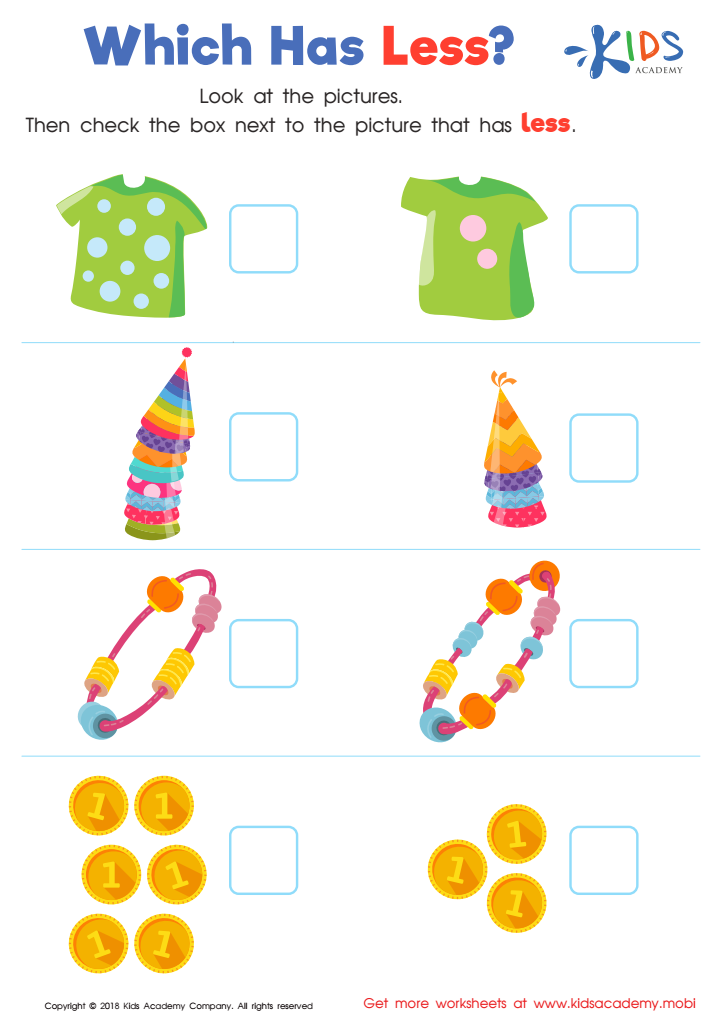

Which Has Less? Worksheet
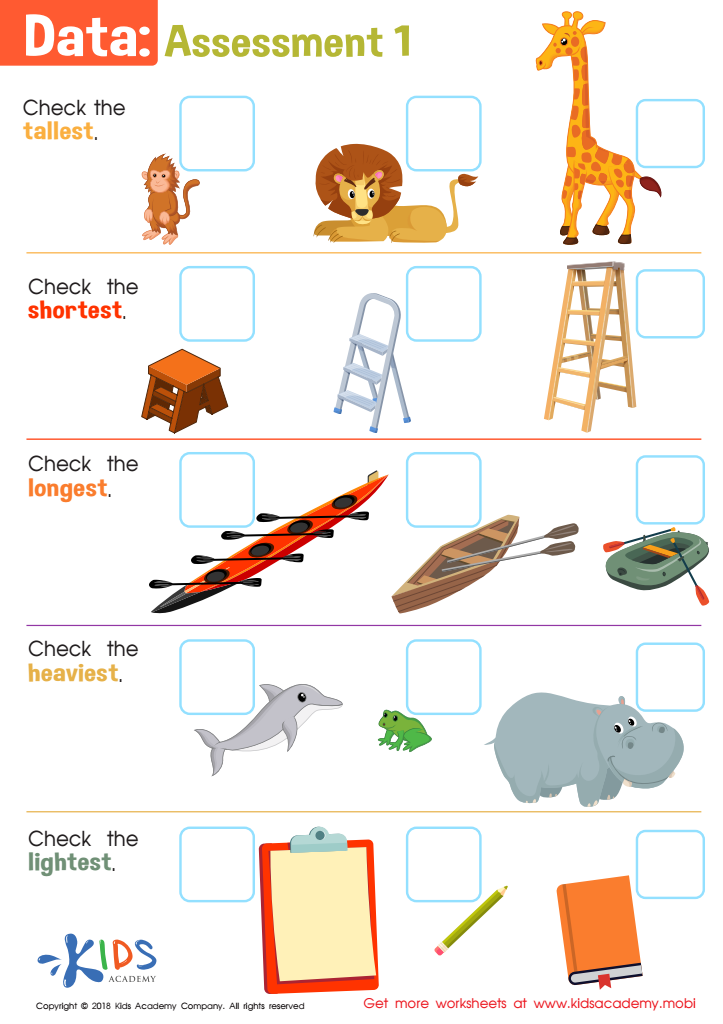

Data: Assessment 1 Worksheet
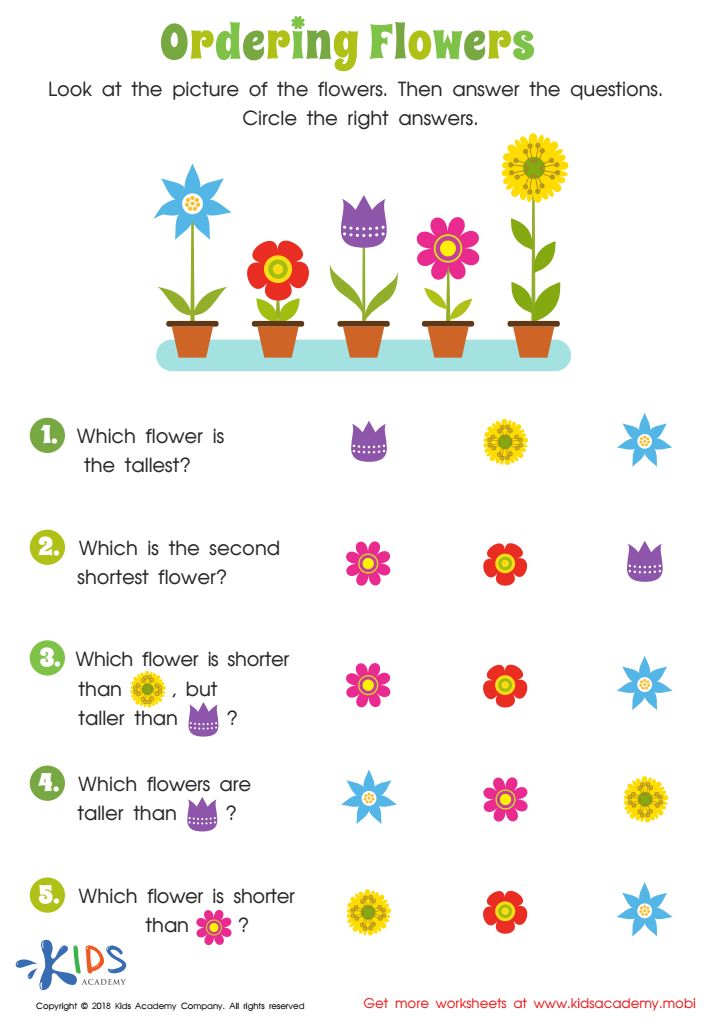

Ordering Flowers Worksheet
Parents and teachers should prioritize teaching young children to compare numbers for several crucial reasons. First, comparing numbers lays the foundational blocks for developing basic mathematical understanding. When children engage in comparing, they start learning essential concepts such as quantity, greater than, less than, and equal to. These concepts are vital for more advanced arithmetic operations including addition, subtraction, and eventually multiplication and division.
Next, comparing numbers enhances critical thinking and problem-solving skills. By putting two numbers side by side and determining their relationship, children develop logical reasoning. This cognitive skill-set is not limited to math but is also transferable to other academic subjects and everyday decision-making processes.
Furthermore, mastering these basic math concepts at an early age boosts confidence. Children who are comfortable with comparing numbers are more likely to approach more complex mathematical challenges with a positive attitude.
Finally, comparing numbers is a practical life skill. From determining who has more cookies to understanding differences in prices or distances, these arithmetic skills are used daily. Early exposure makes children more prepared to navigate and understand the world around them, setting a solid base for lifelong numeracy and analytical skills. In summary, an early focus on comparing numbers can set children on a path to academic success and practical competence.
 Assign to My Students
Assign to My Students







